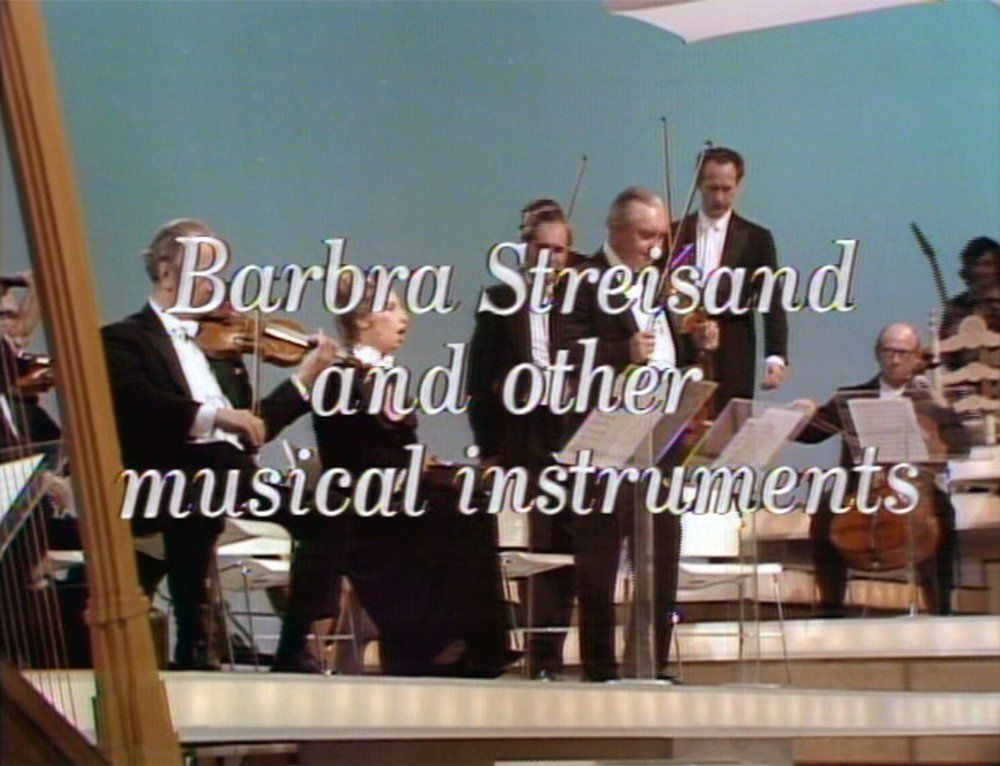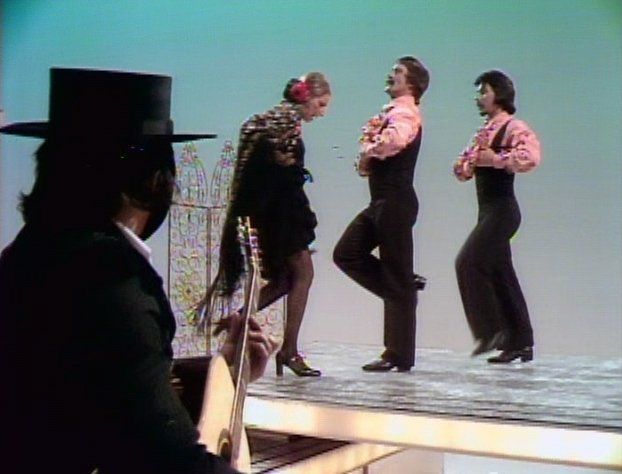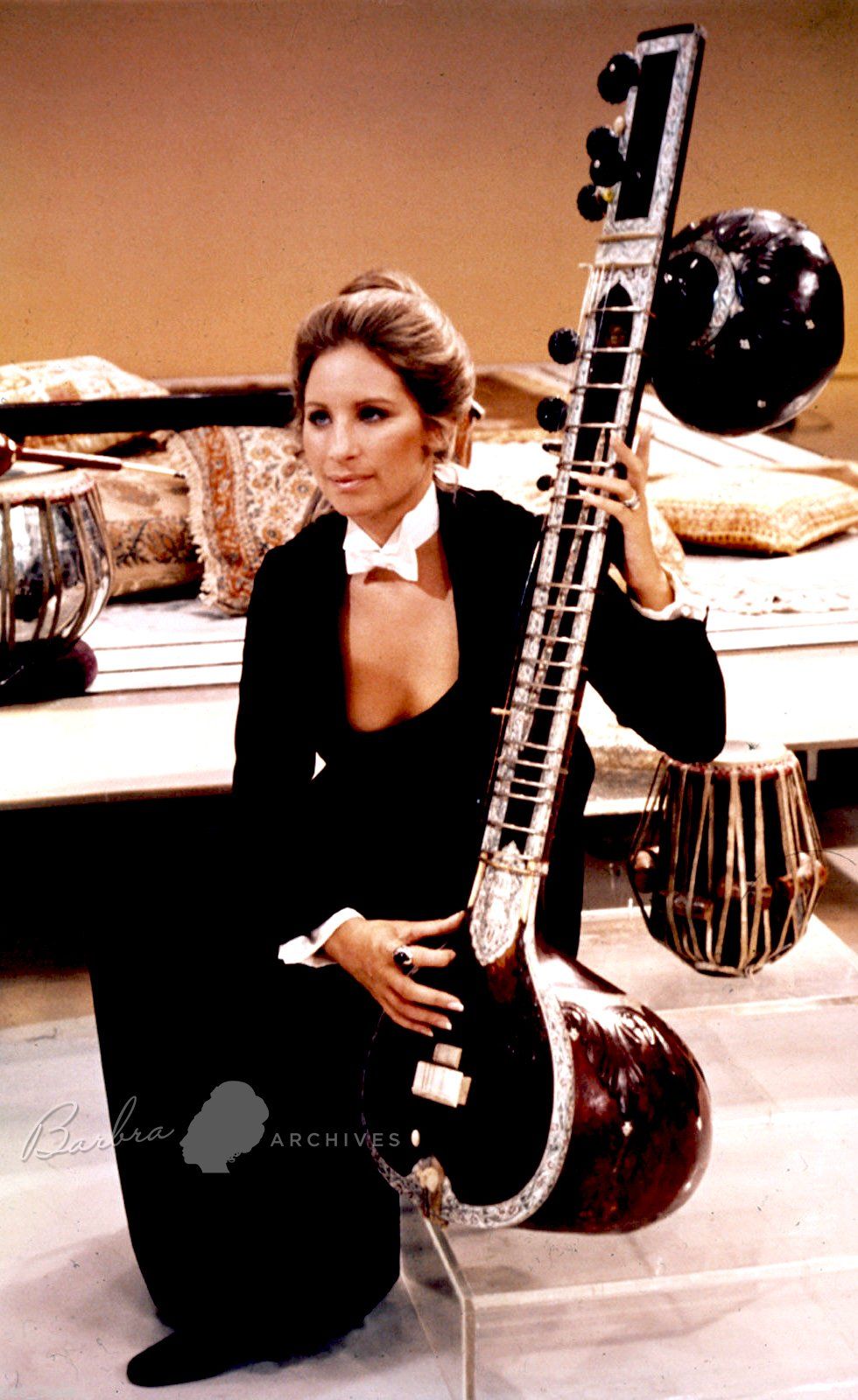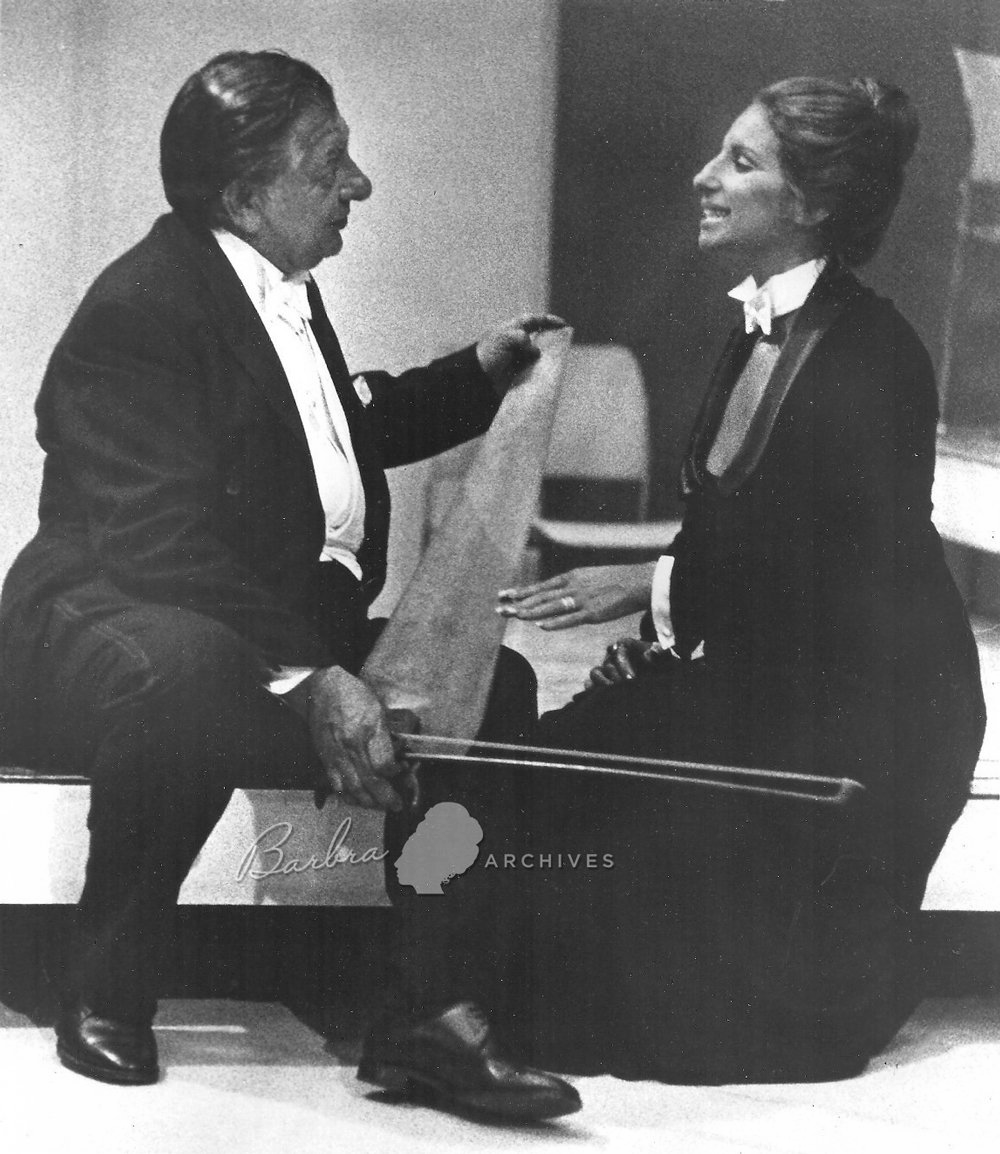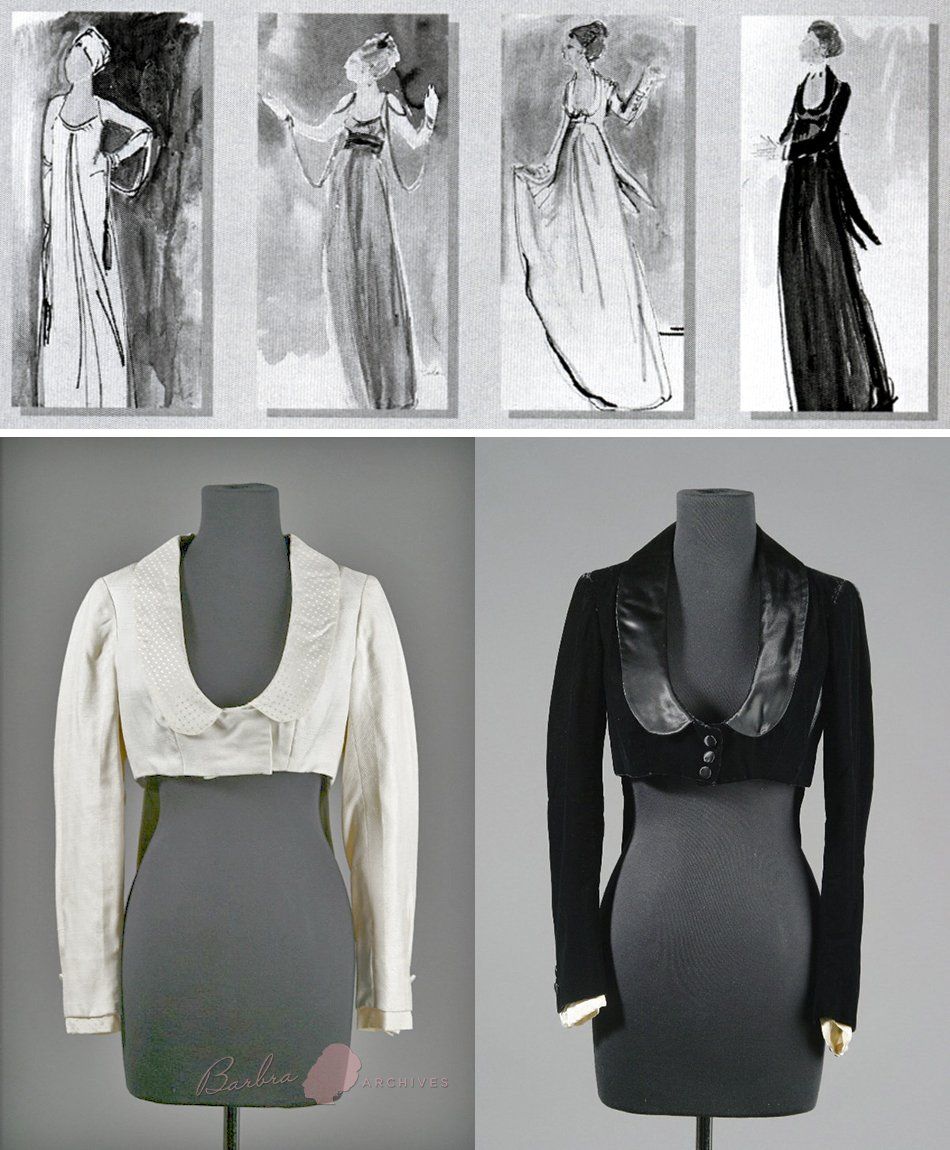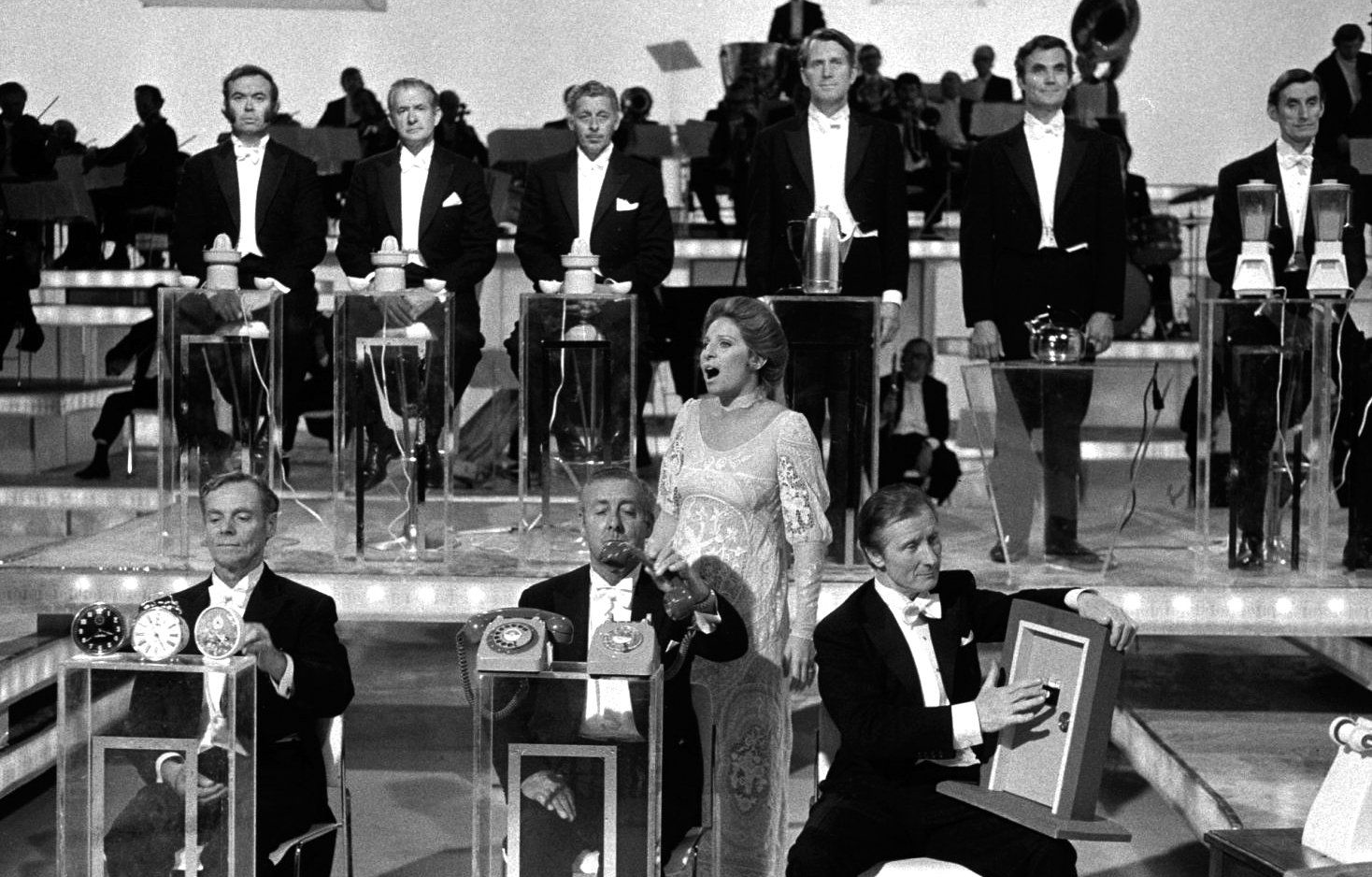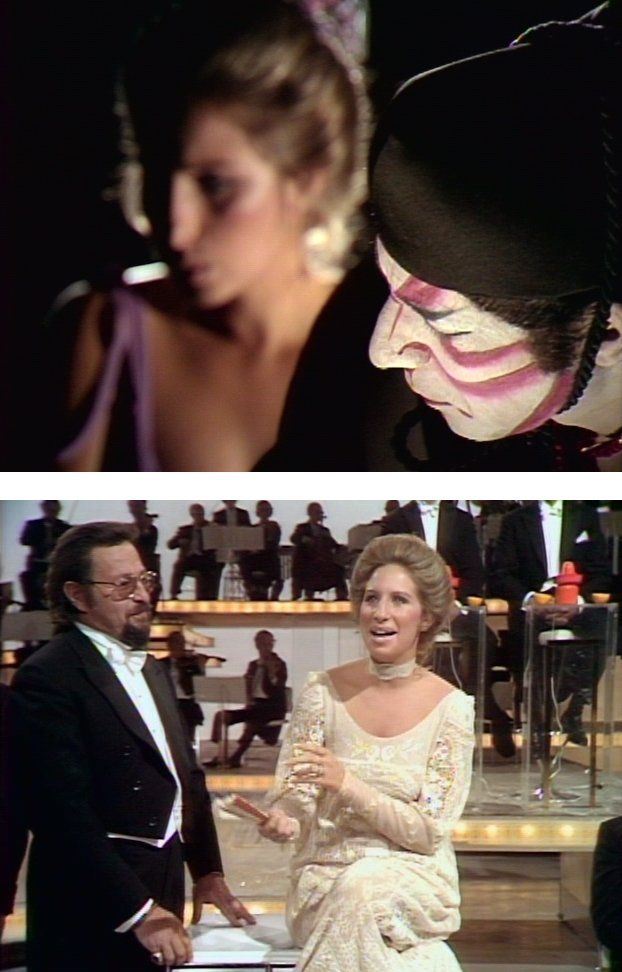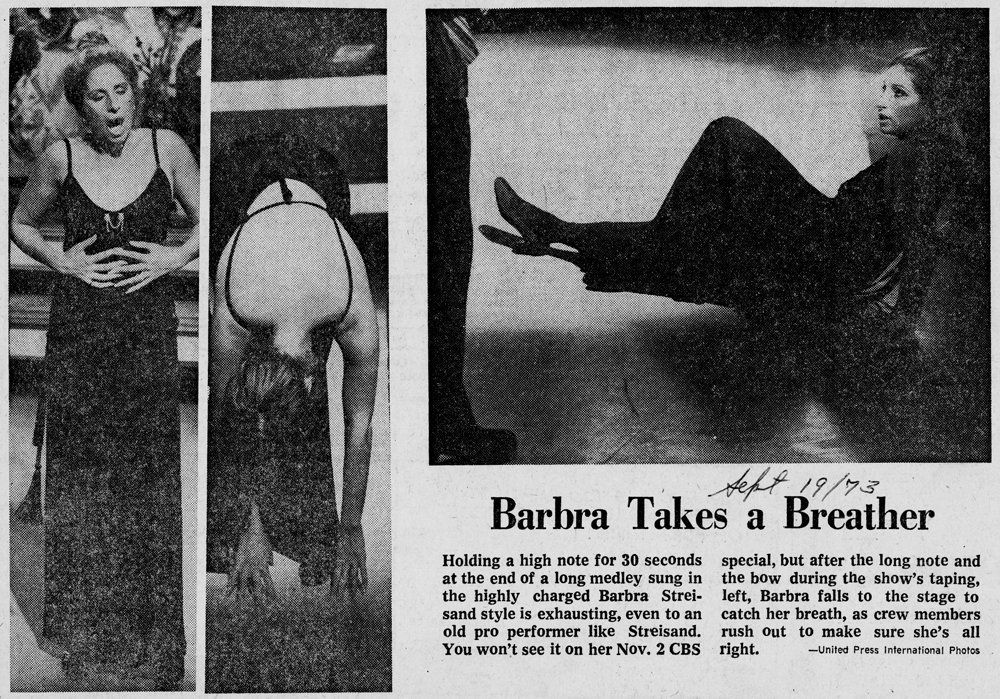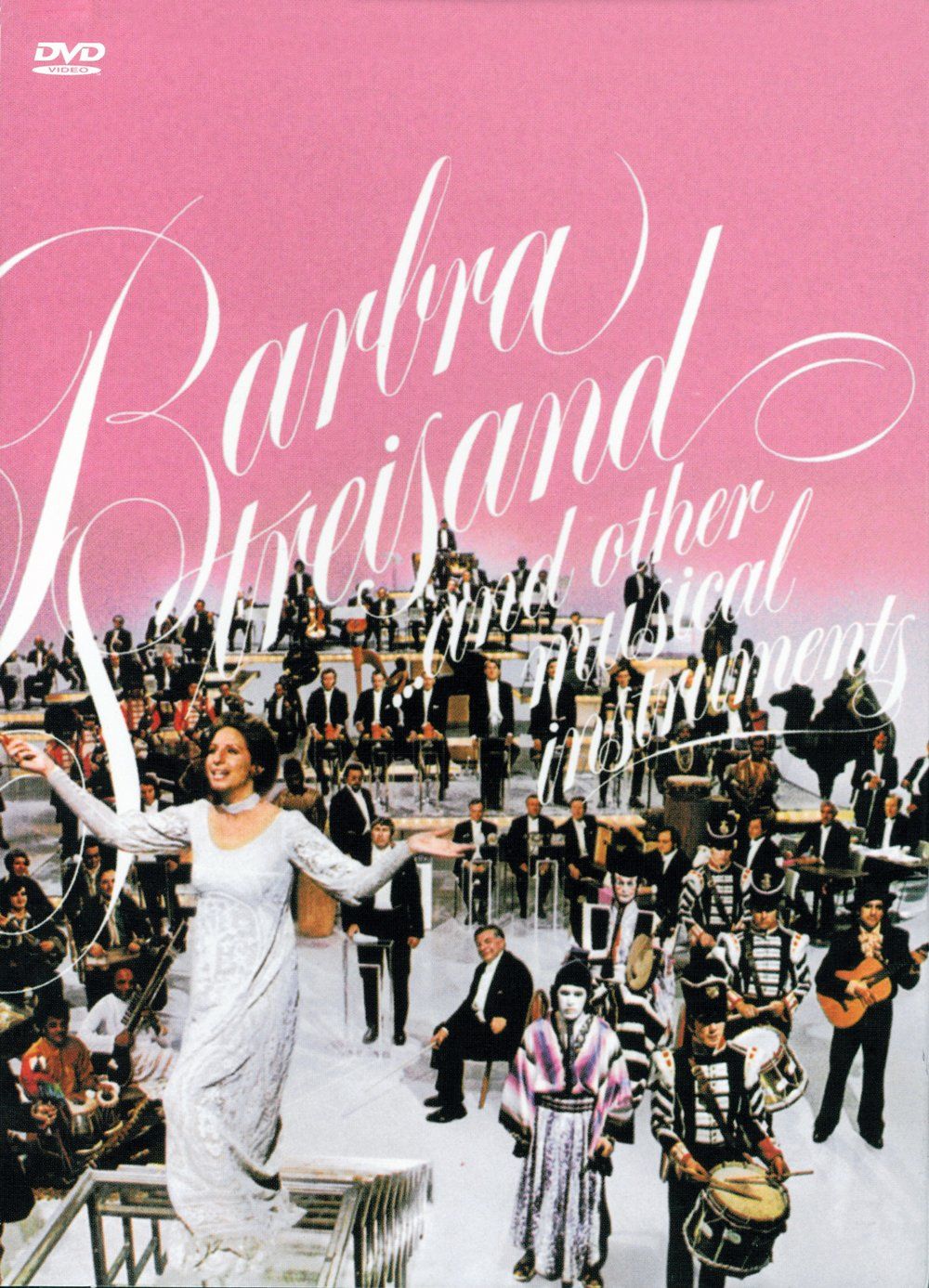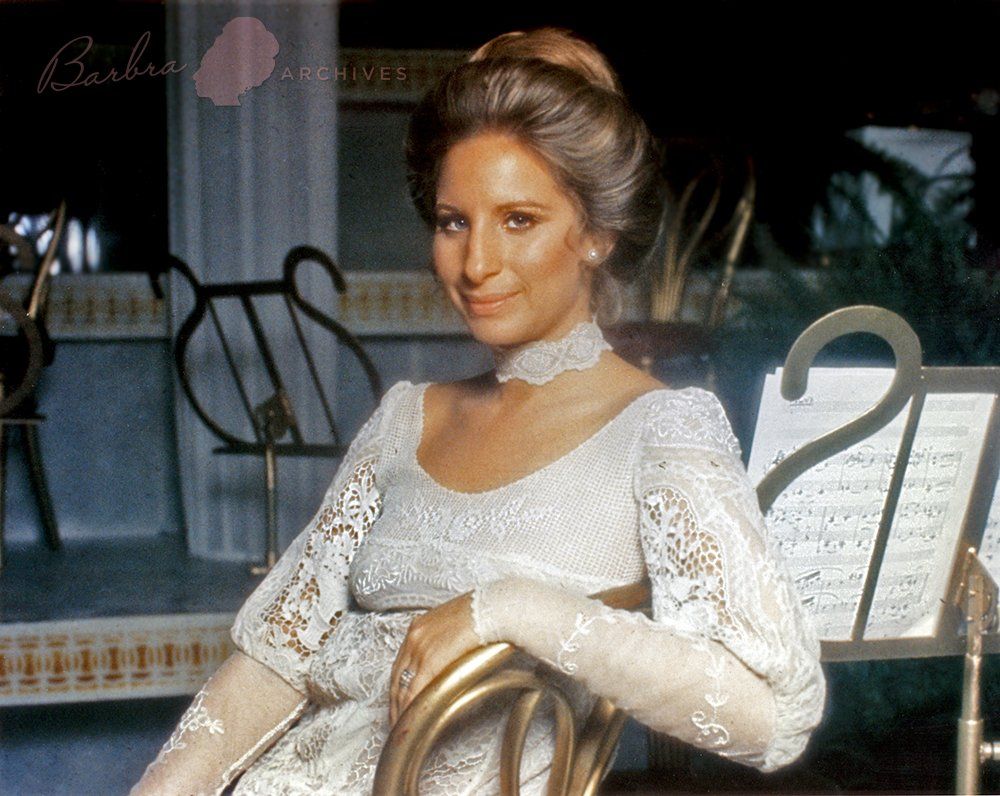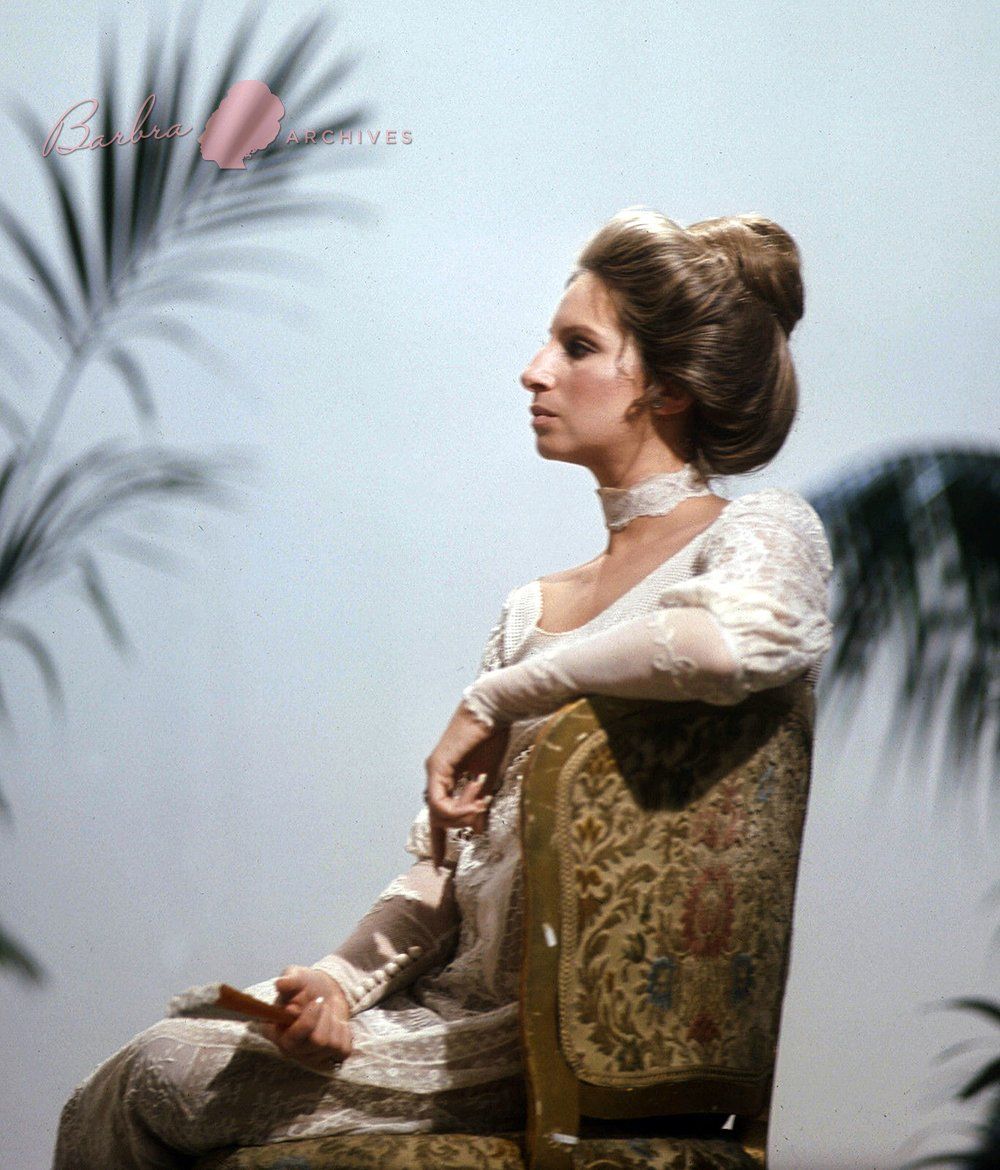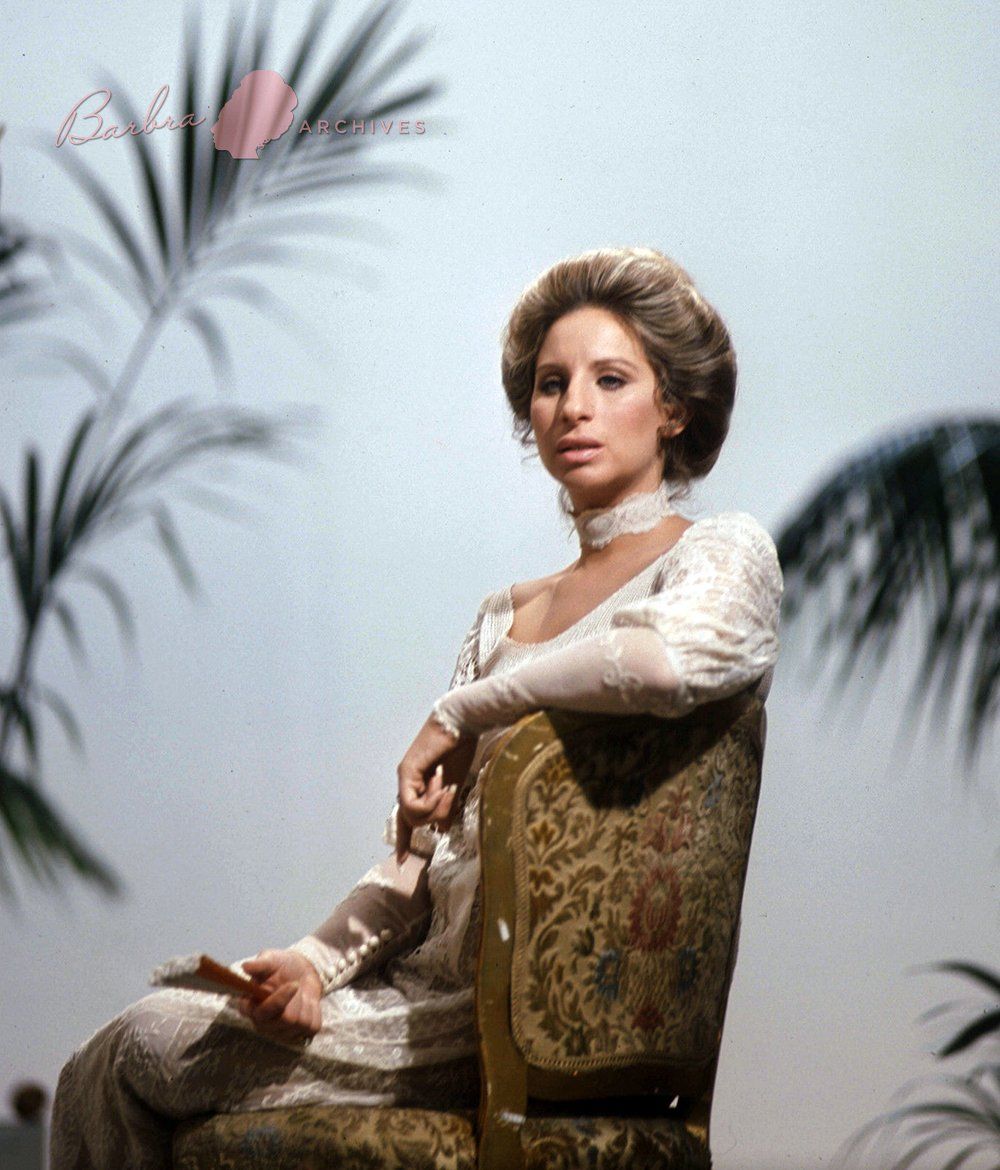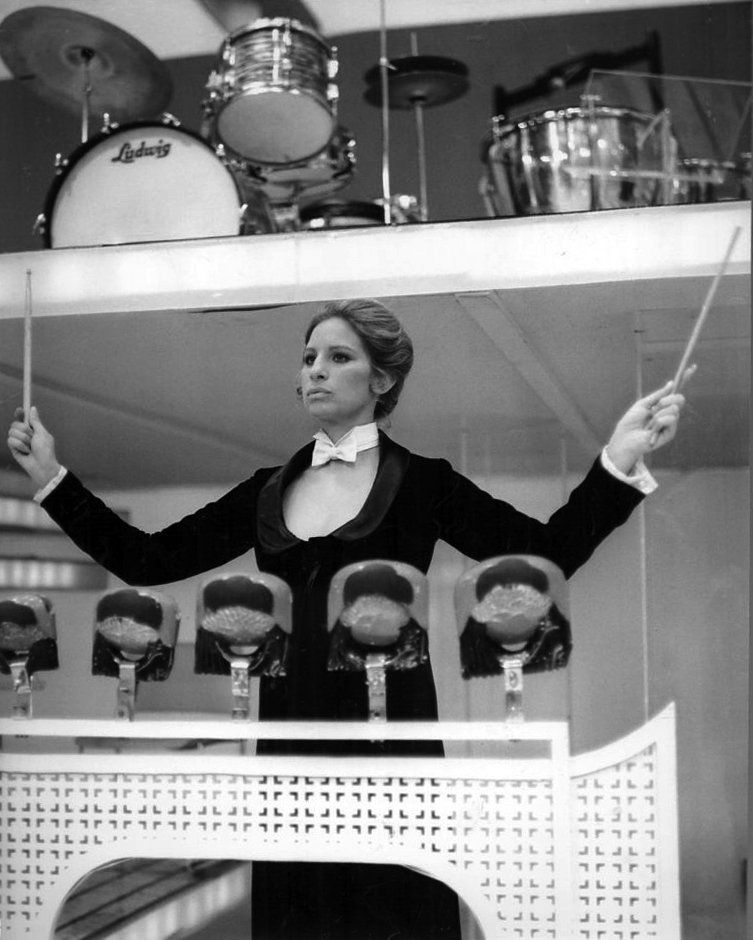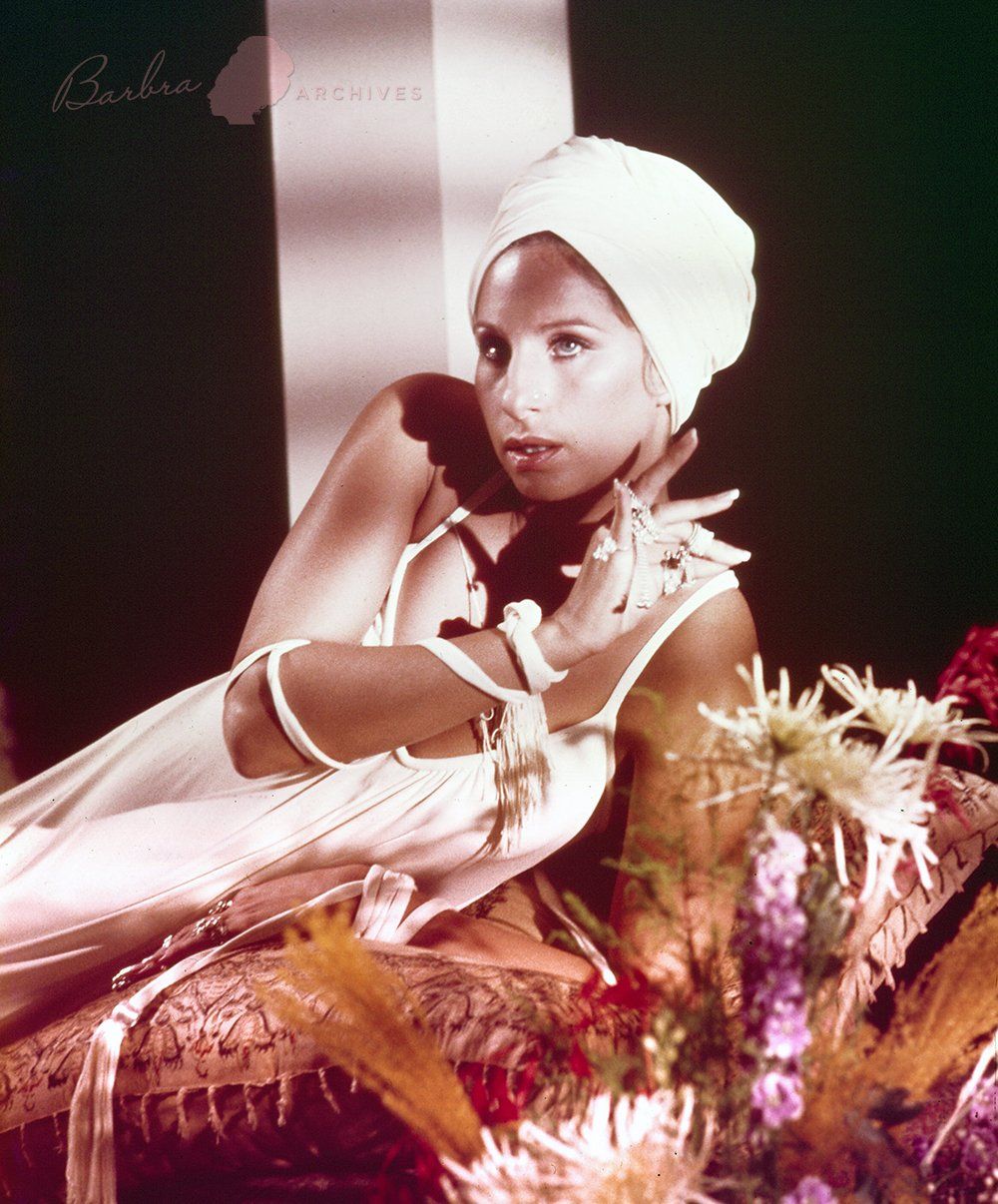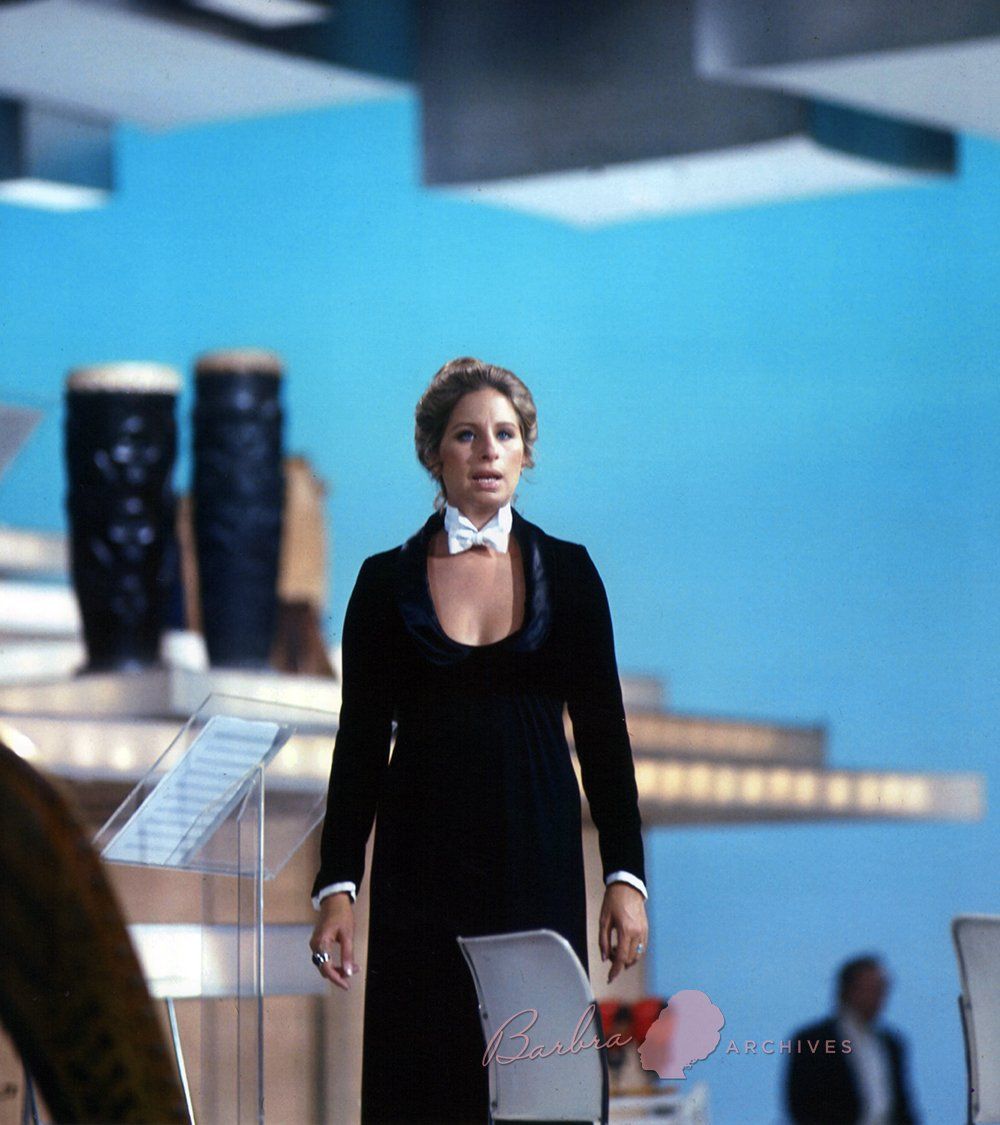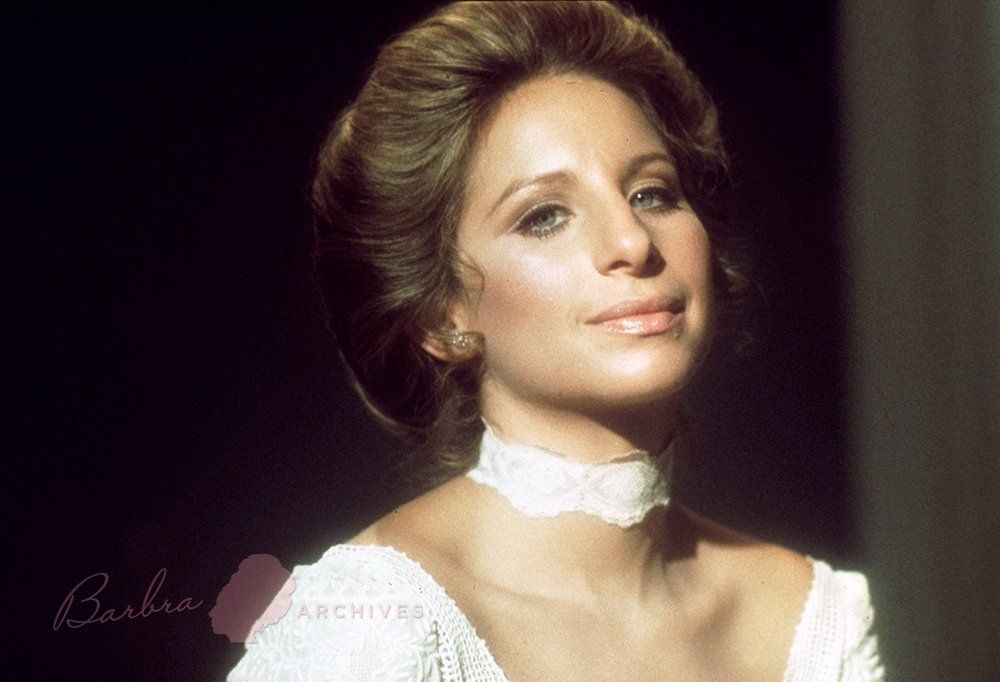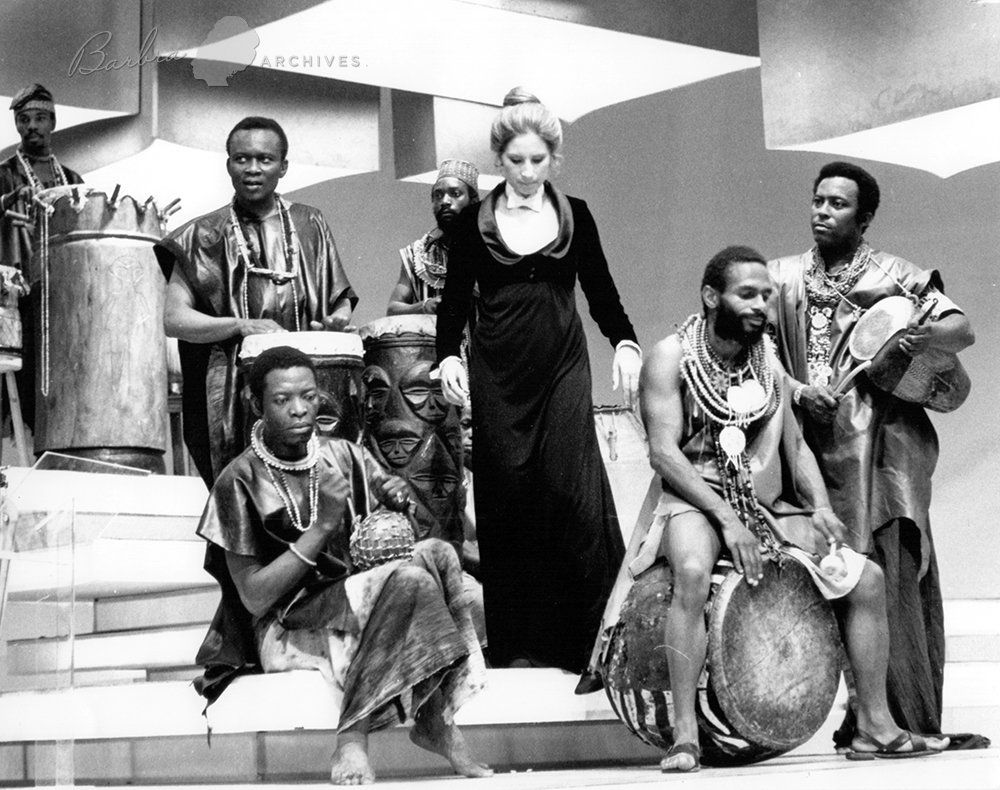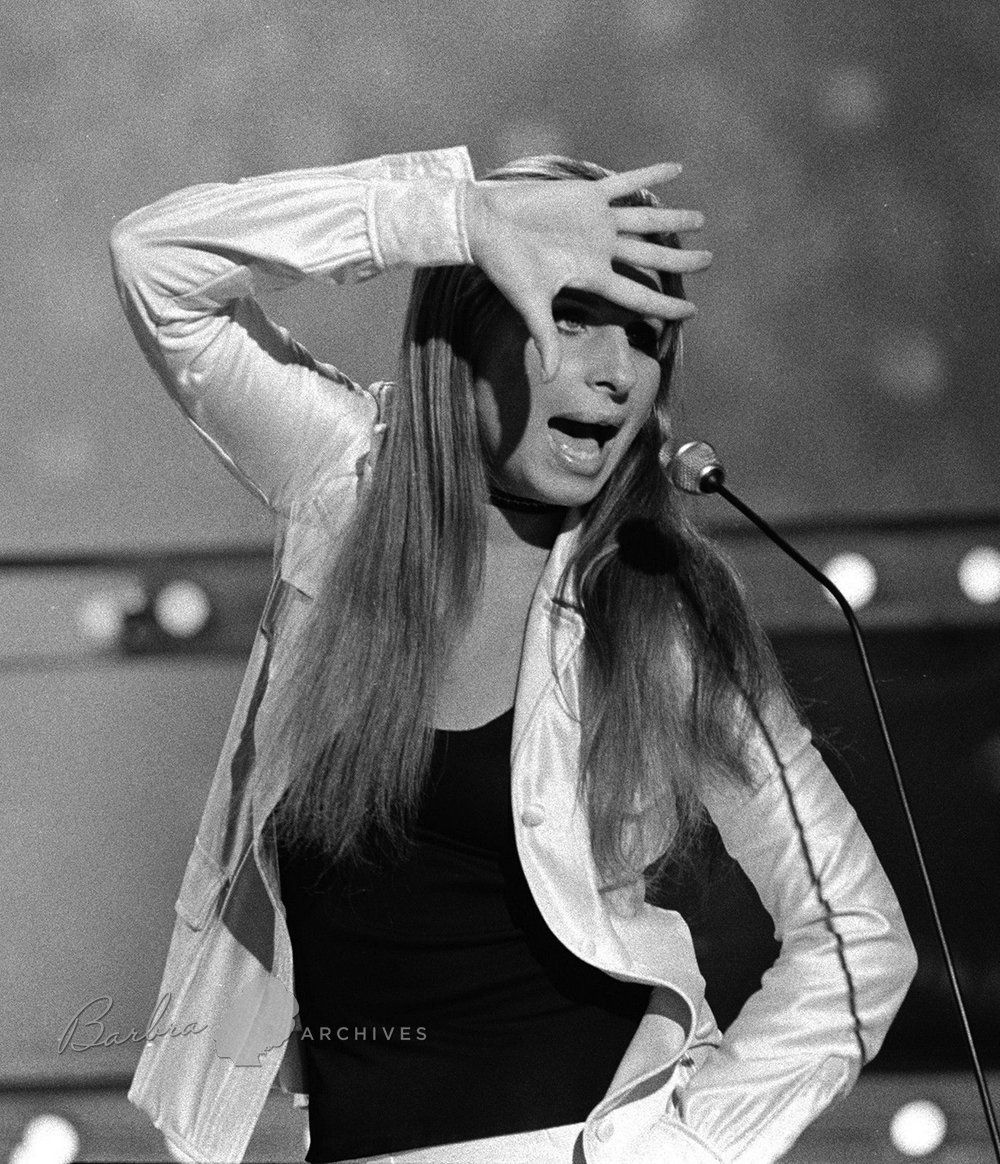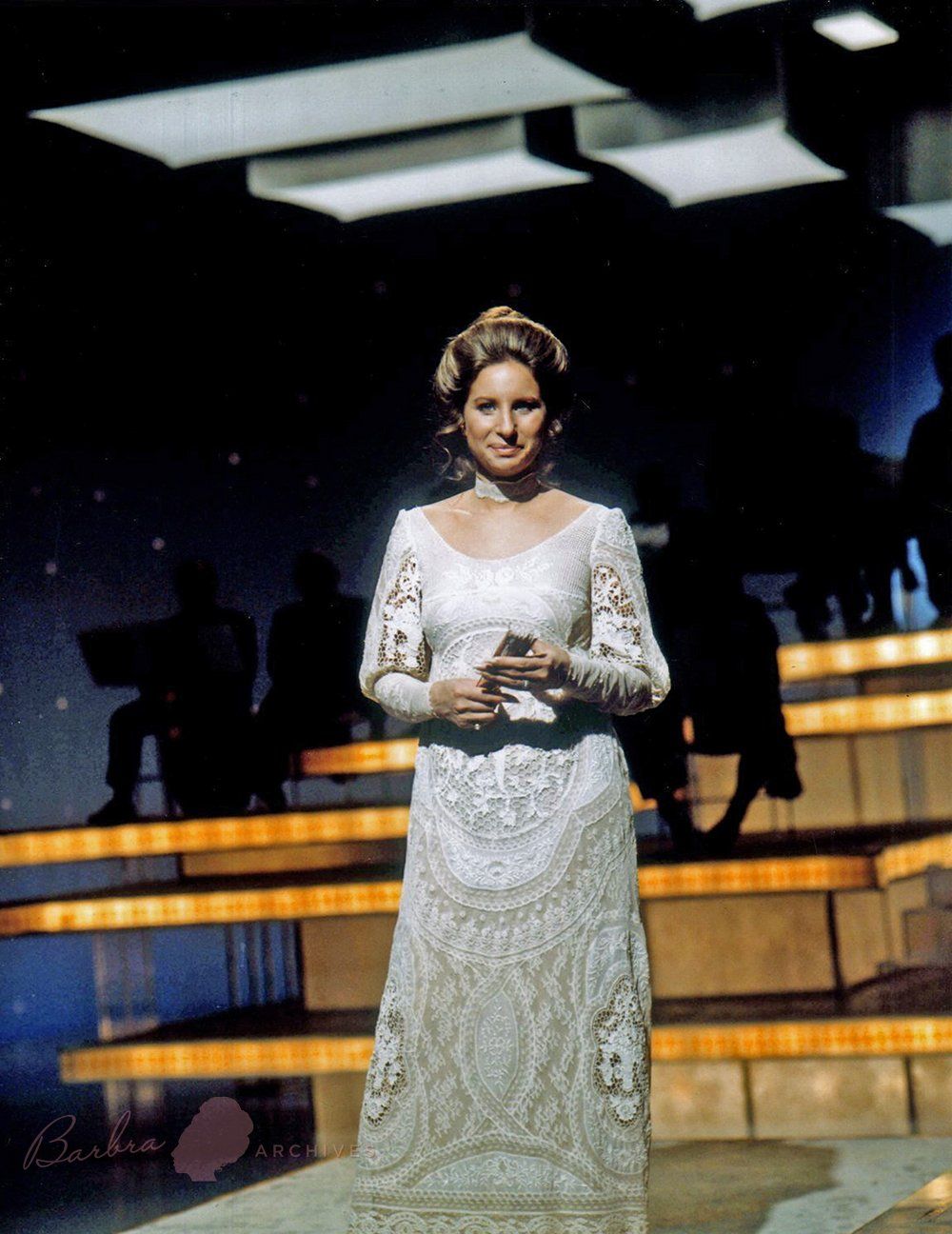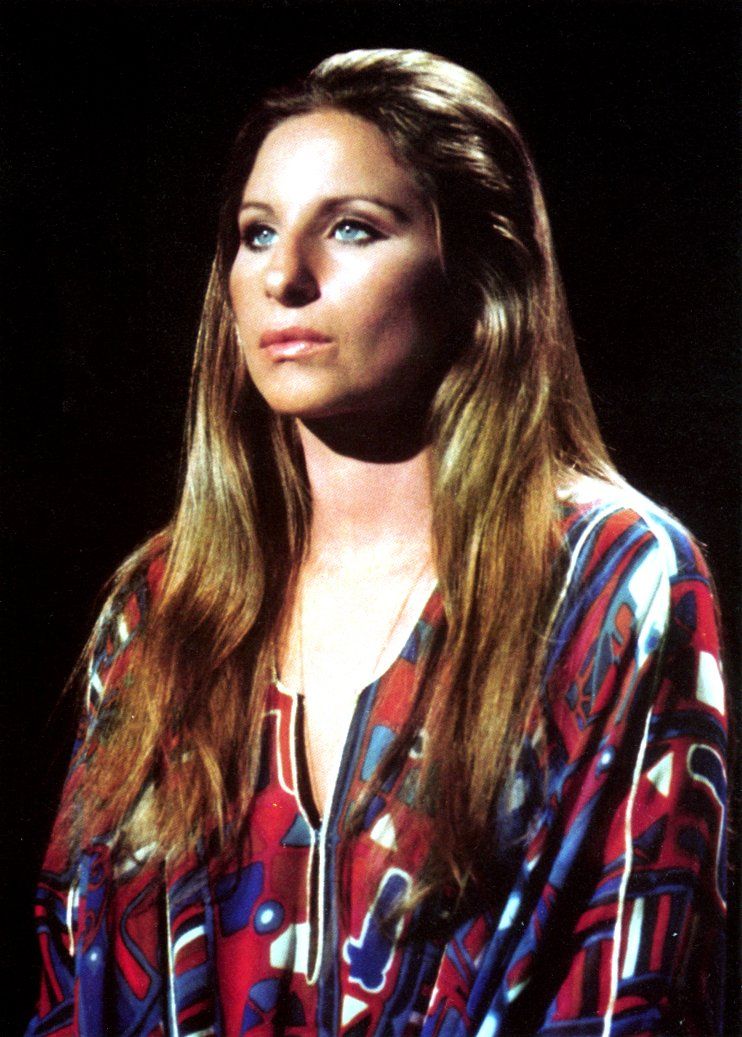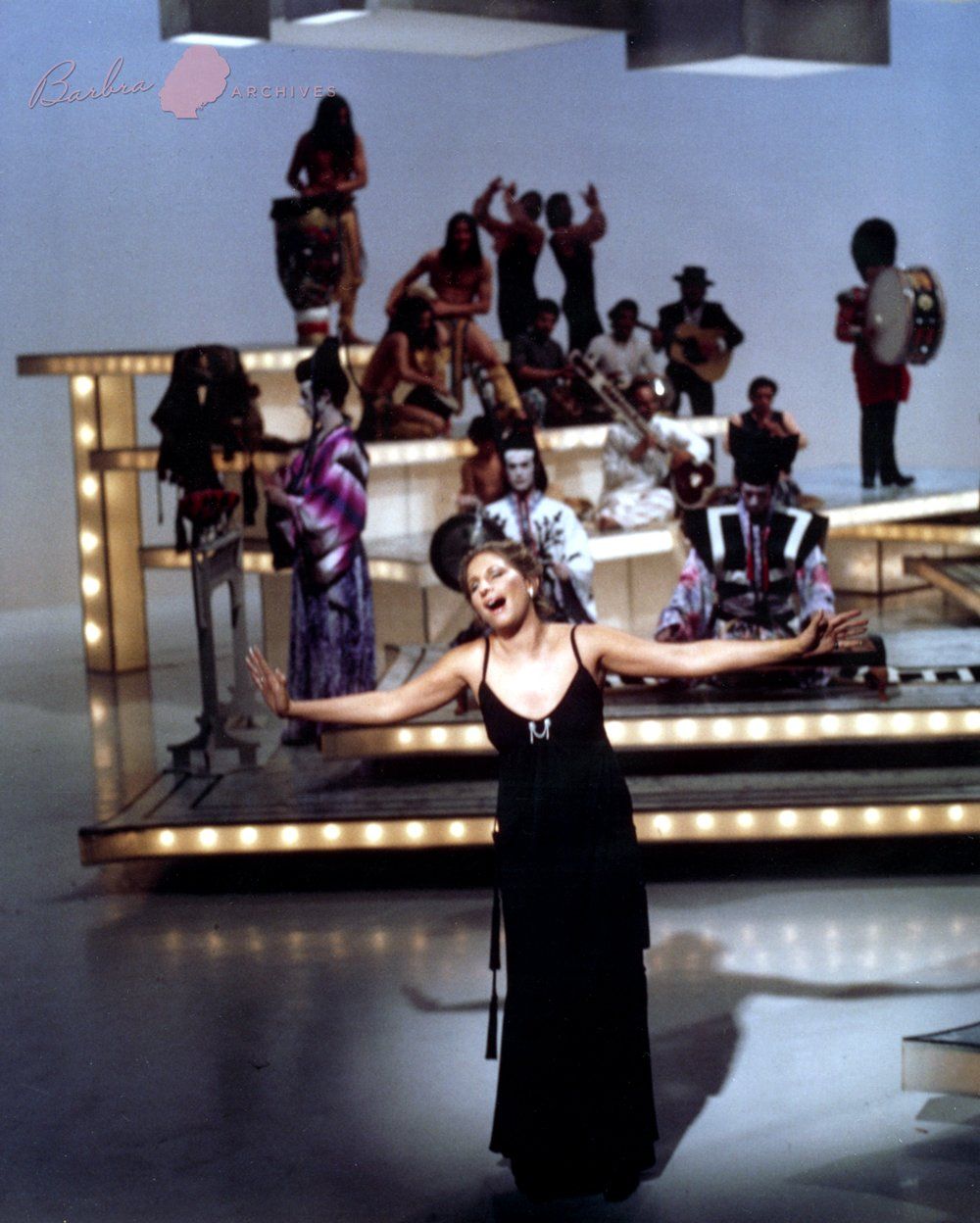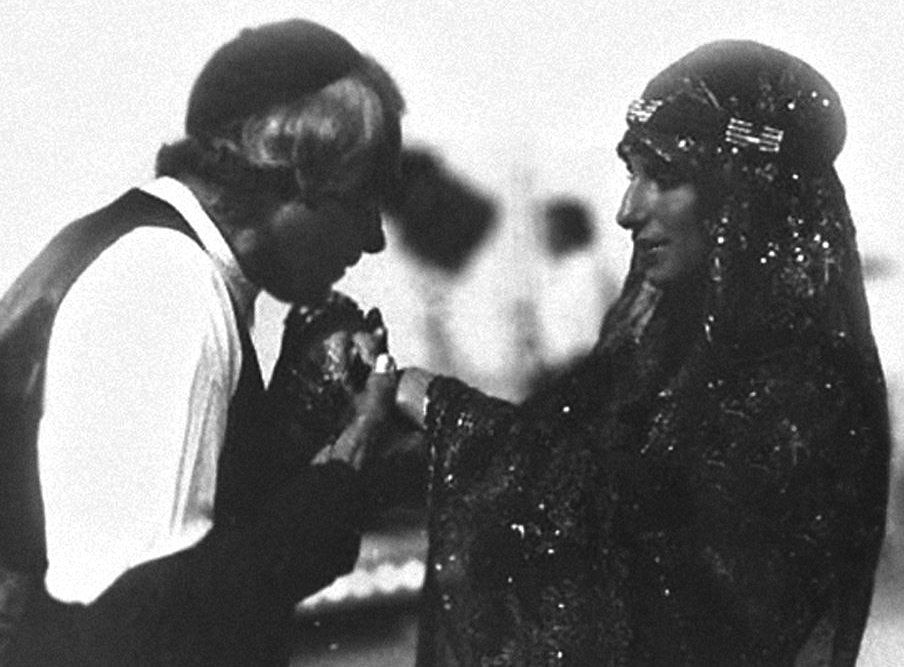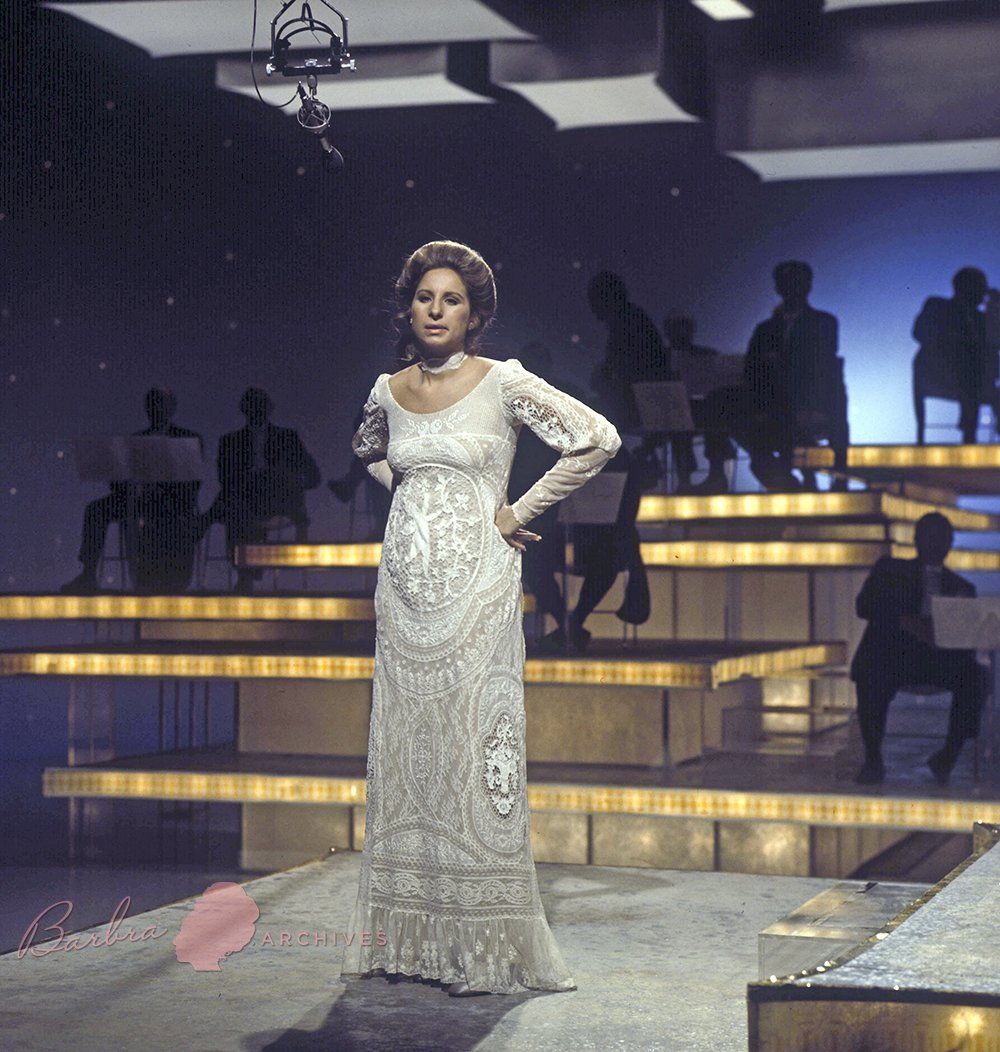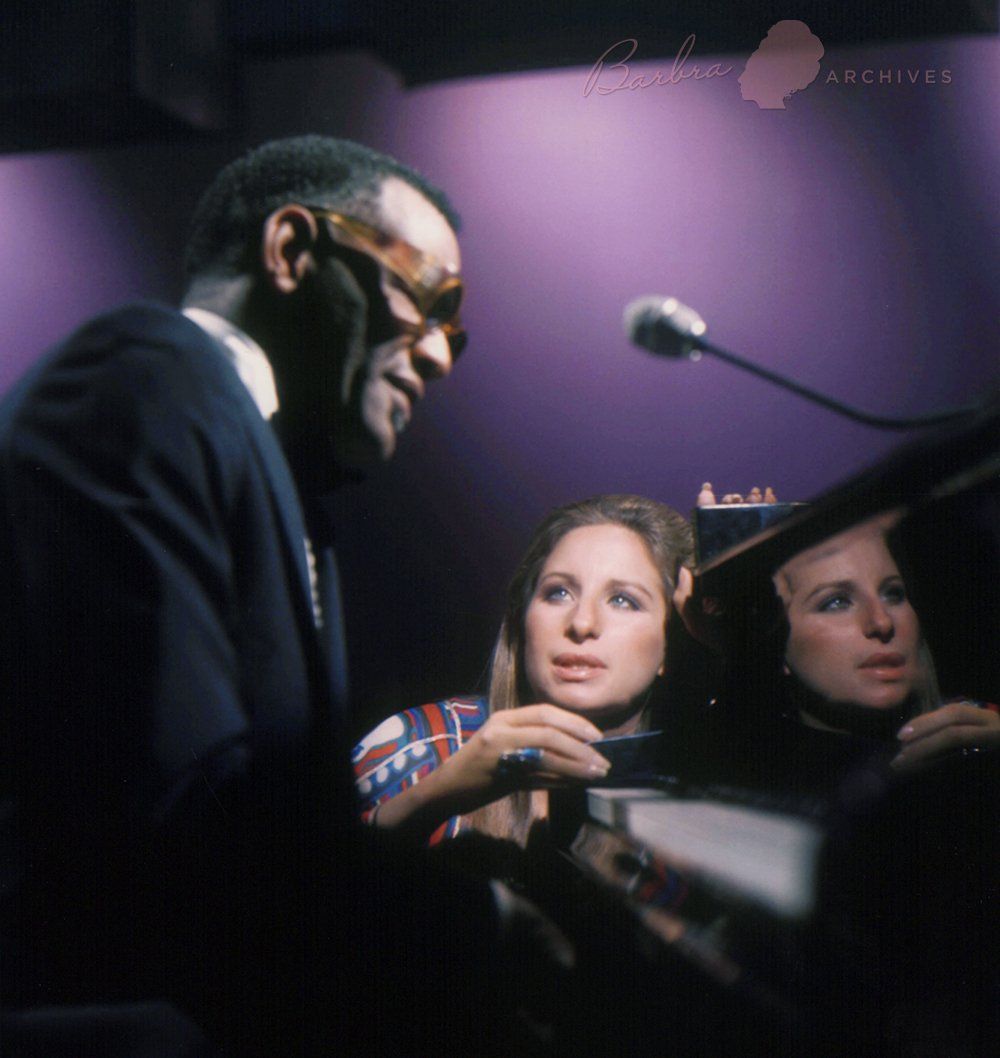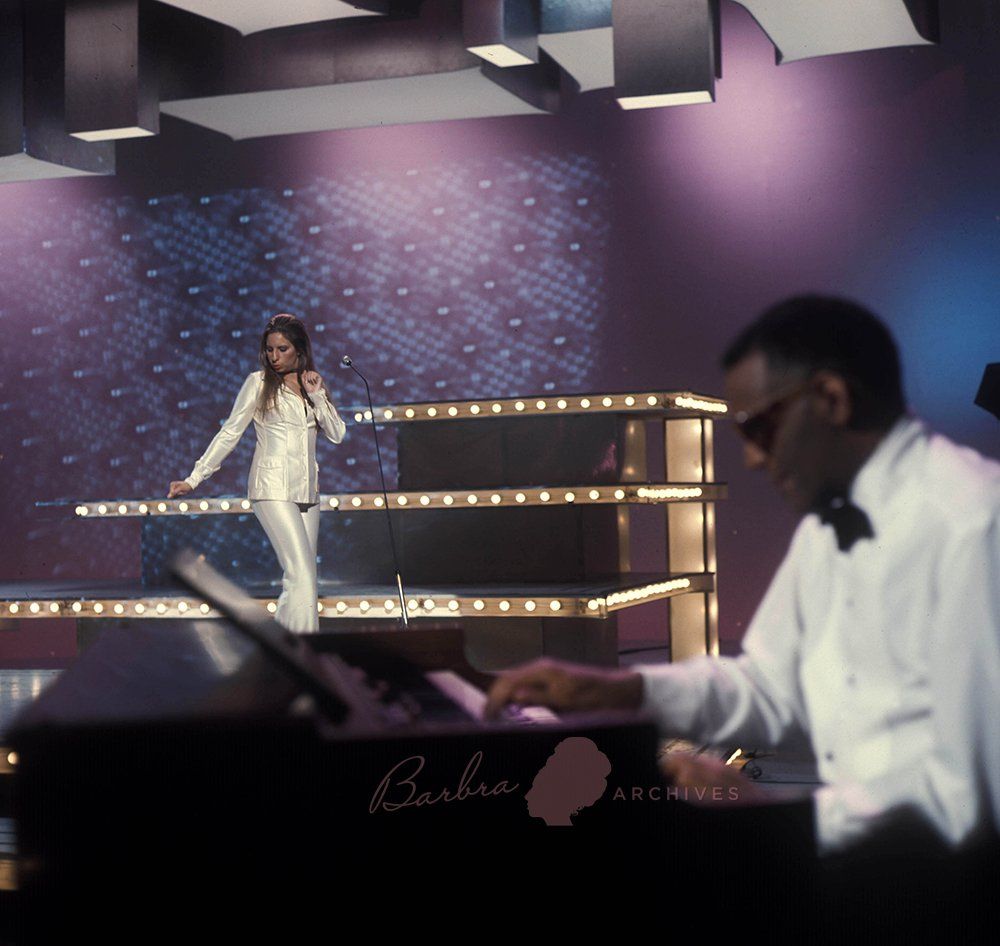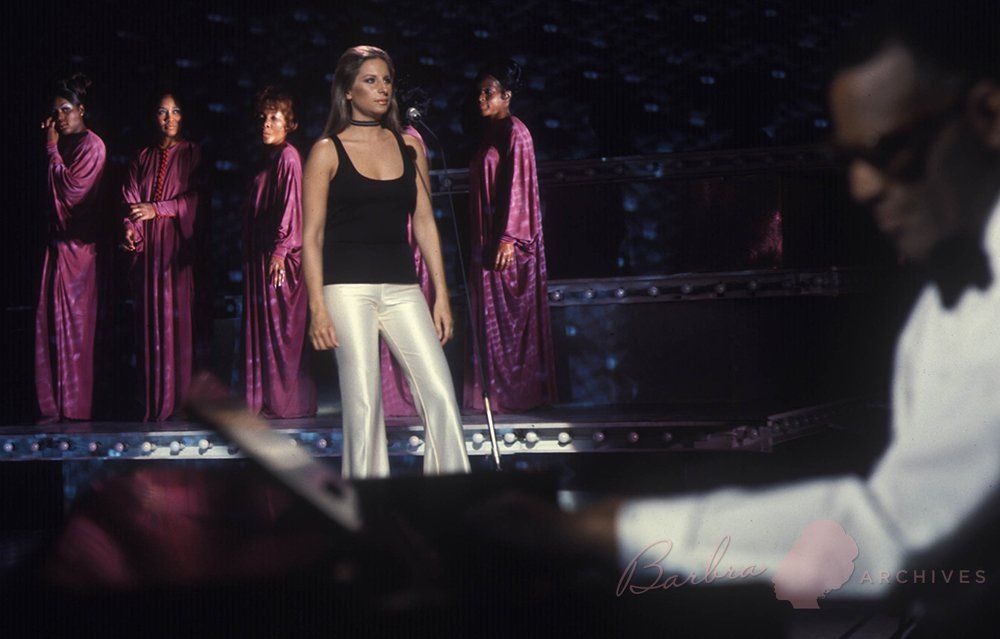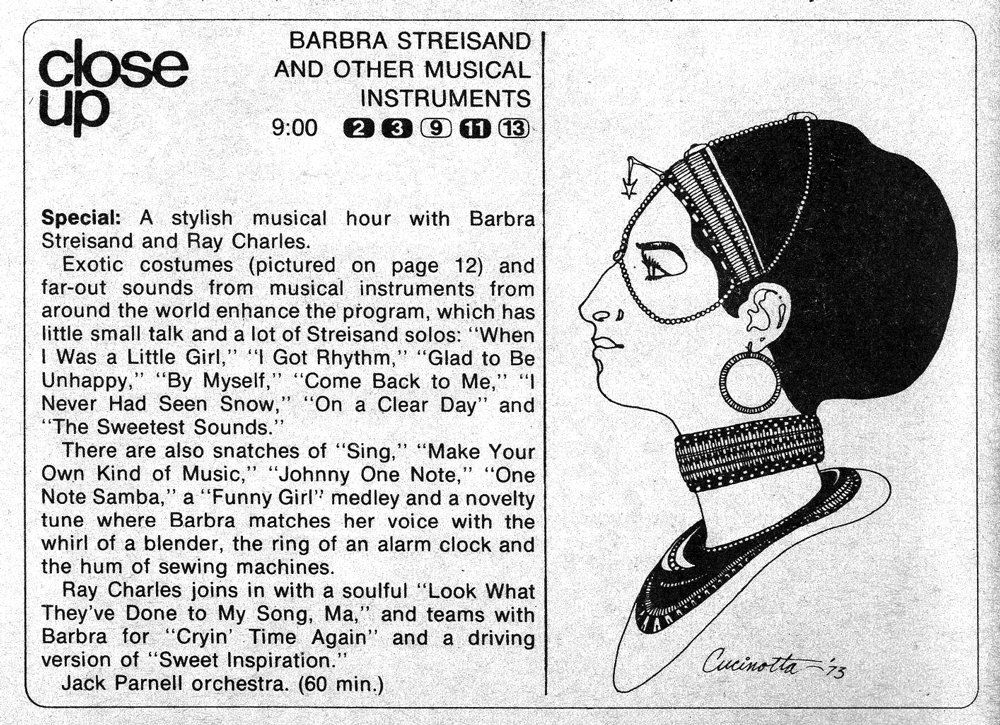Barbra's team invited Ray Charles (and his background singers, The Raettes) to join her on the special. Other musical artists joining her were Romeo Berti, a world renowned musical saw player, and Dominic Savage, a child pianist. [Savage played Ryan O' Neal's stepson in Stanley Kubrick's film Barry Lyndon. As an adult, Savage has made a name for himself as a documentary film director.] Berti told the press he was delighted to work with Barbra Streisand. “Technically, I admire her perfect pitch, which is amazing. You could never sing with a musical saw without that pitch. She's a magnificent artist who's far more gifted than she knows.”
Producers Gary Smith and Dwight Hemion were tempted to relocate from the United States to Great Britian by Sir Lew Grade. The producers were recruited by him to head ITV's Specials program. In turn, the producers had to convince Barbra to produce the show in London at Elstree Studios. Smith told the BJS Music Guide, “the facilities were great. The trip would be fun, the lighting director, John Rook, was brilliant, so [Barbra] came.”
[Note: John Rook also did the lighting for One Voice in 1986].
“We also shot it [in England] because of the unions in the United States. Our music bill alone was $150,000 and the only way to make money on a special is with a repeat. If we had shot it in the U.S. we could not have afforded to repeat it,” Erlichman continued. “Of course there are problems in London, too, because there is no such thing as overtime. I can remember one incident when they had spent three hours lighting Barbra and she had only 23 minutes in which to shoot.”
The show, which cost over $600,000 and took ten weeks to do—a week of rehearsals in New York; two weeks of rehearsals and eight days of taping in London; plus weeks of preparation before that. It was produced by ATV and distributed by ITC.

